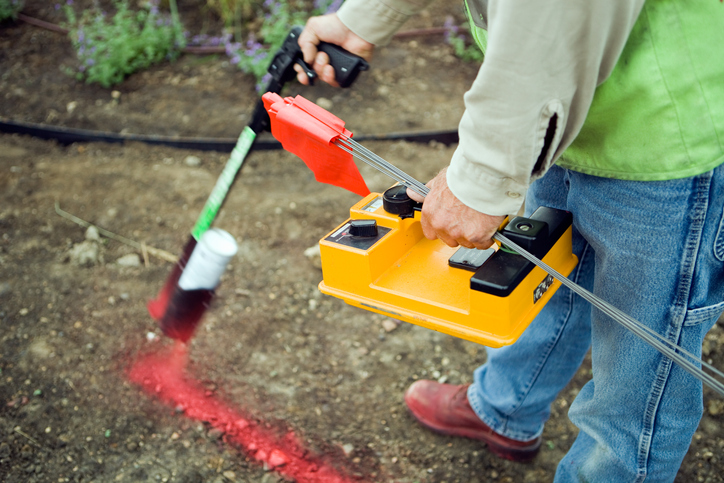It’s happened to everyone before — the random loss of power, flickering lights, or popping circuit breaker. Yet, it has nothing to do with your breaker box. When you can’t fix the power problem above ground, it’s time to look elsewhere. It’s time to look underground. Here is what you need to know about cable fault locating.
Get Thumping: Cable Thumping a portable device that surveyors use to check the voltage of the underground lines. It lets out a high voltage DC surge into the ground along the cable line. There will be a “thumping” sound which helps figure out exactly where the break in the line is. The louder the thump the closer it is to the device. This method is more ideal for shorter cables.

“Cable Thumping a portable device that surveyors use to check the voltage of the underground lines.”
Energy Signal Measurement: A Time Domain Reflectometer uses low energy. A short-duration low energy signal is sent at a rapid rate to the cable. This energy signal measures the time it takes to get to the fault and the wires. The higher the amplitude, the closer the fault is. TDR is sometimes paired with cable thumping since TDR can’t get a high enough amplitude.

“A Time Domain Reflectometer uses low energy.”
Go the Distance!: For longer cables, the best method is the surge pulse reflection. Without the filter, a thumber is connected to the cable with a storage oscilloscope. The voltage is limited to the cable itself so the high voltage pulse goes strictly through the cable. The thumps go back and forth along the cable until the energy is taken away. The storage oscilloscope will collect that data and display the readout for analyzation.

“For longer cables, the best method is the surge pulse reflection.”



Leave A Comment